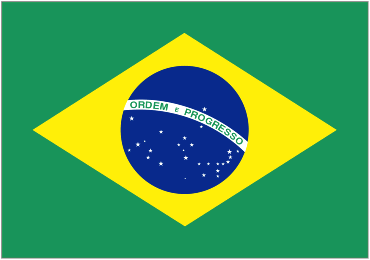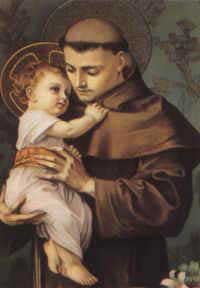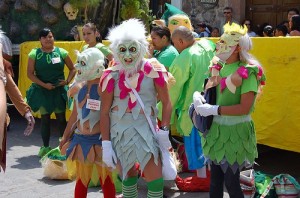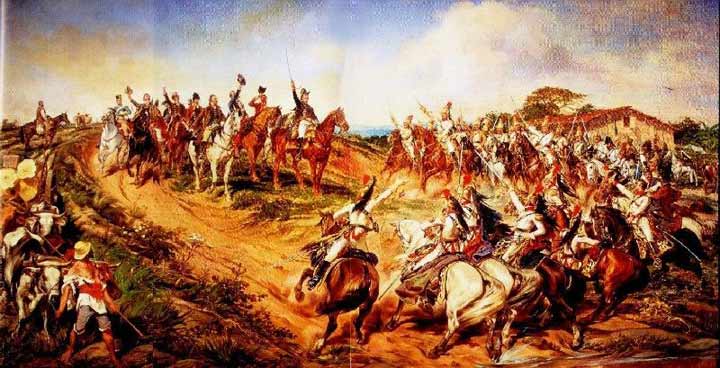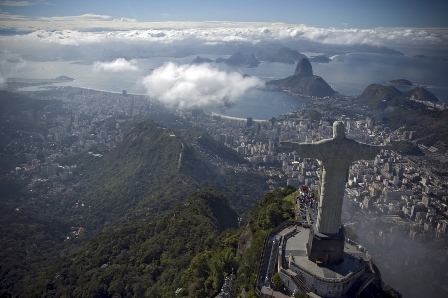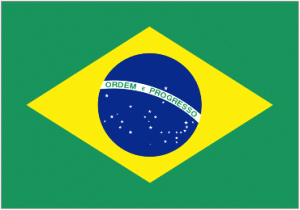October 12.
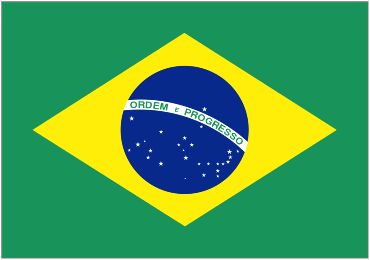
It began with a two-foot tall sculpture. Headless at that.
Three fishermen were casting their nets in the Paraiba River in Brazil. The year was 1717. Their nets were turning up empty until one of the fishermen pulled up a dark brown headless statue of a woman. Intrigued the fisherman cast his net again and pulled up the head. After finding the statue, the men’s net grew heavy with fish. They called the idol Nossa Senhora da Aparecida–Our Lady Who Appeared.
For the first 15 years, the small black Madonna was housed in one of the fishermen’s homes. Legends grew around the doll and the miracles it performed, including one legend about a slave who visited the shrine, whose chains broke when he came in contact with the idol. It became a symbol of hope for the oppressed in Portuguese-controlled Brazil. By the 1760s, due to its popularity a basilica was built to house the shrine, and the town itself became known as Aparecida.
The basilica was renovated in the 19th century. In the 1950s a new, larger basilica was begun to accommodate the overwhelming amount of visitors.
The Pope declared Our Lady of Aparecida the patron saint of Brazil in 1928, and today the National Shrine of Our Lady of Aparecida is widely considered the second largest church in the world after St. Peter’s. It can accommodate 45,000 people and receives almost 7 million visitors a year.
October 12th is the national saint’s feast day, but these days the holiday is also celebrated as Children’s Day. Children throughout Brazil look forward to this day all year, for it’s the day they unwrap gifts from their parents. In many places in Brazil, Children’s Day is even bigger than Christmas.

